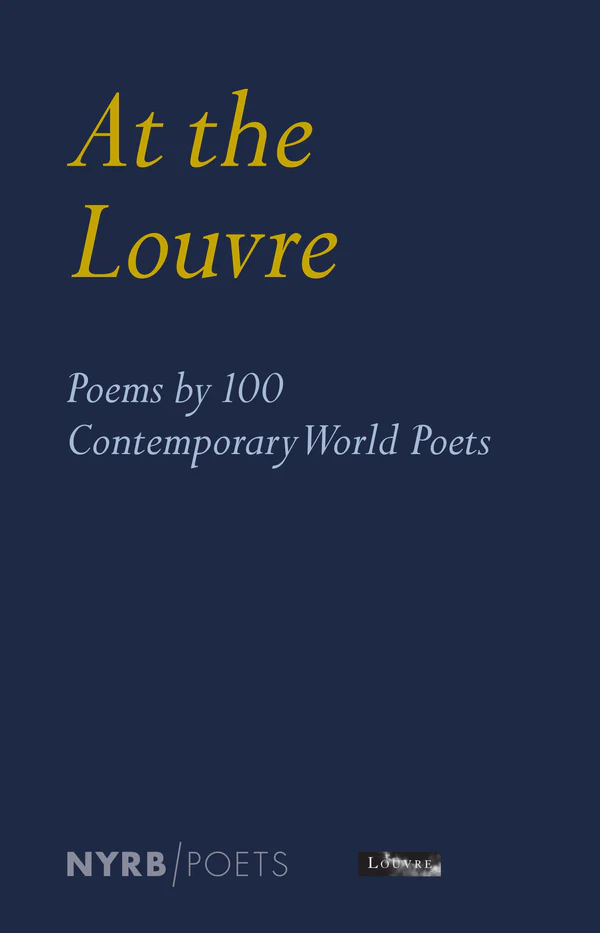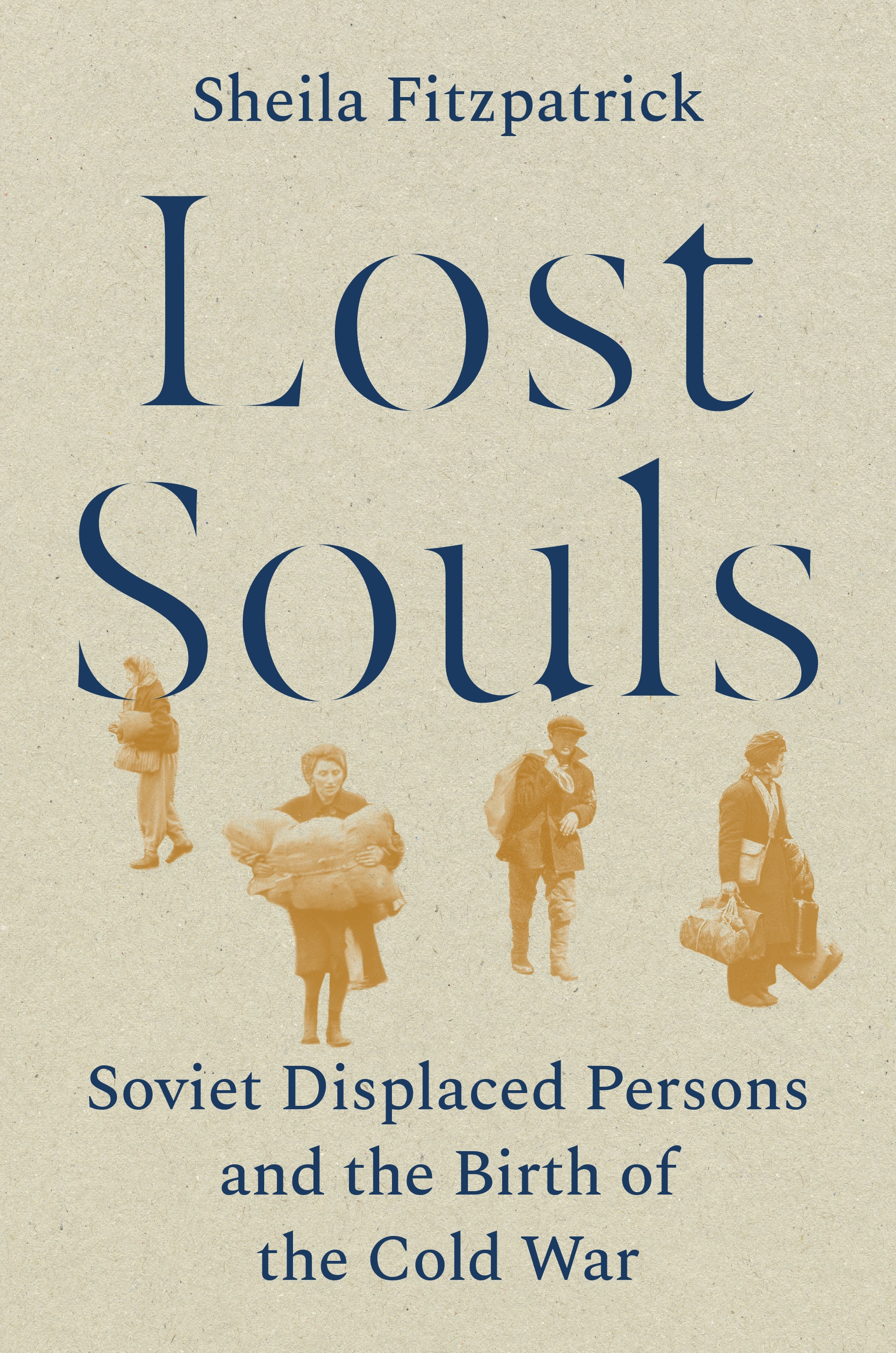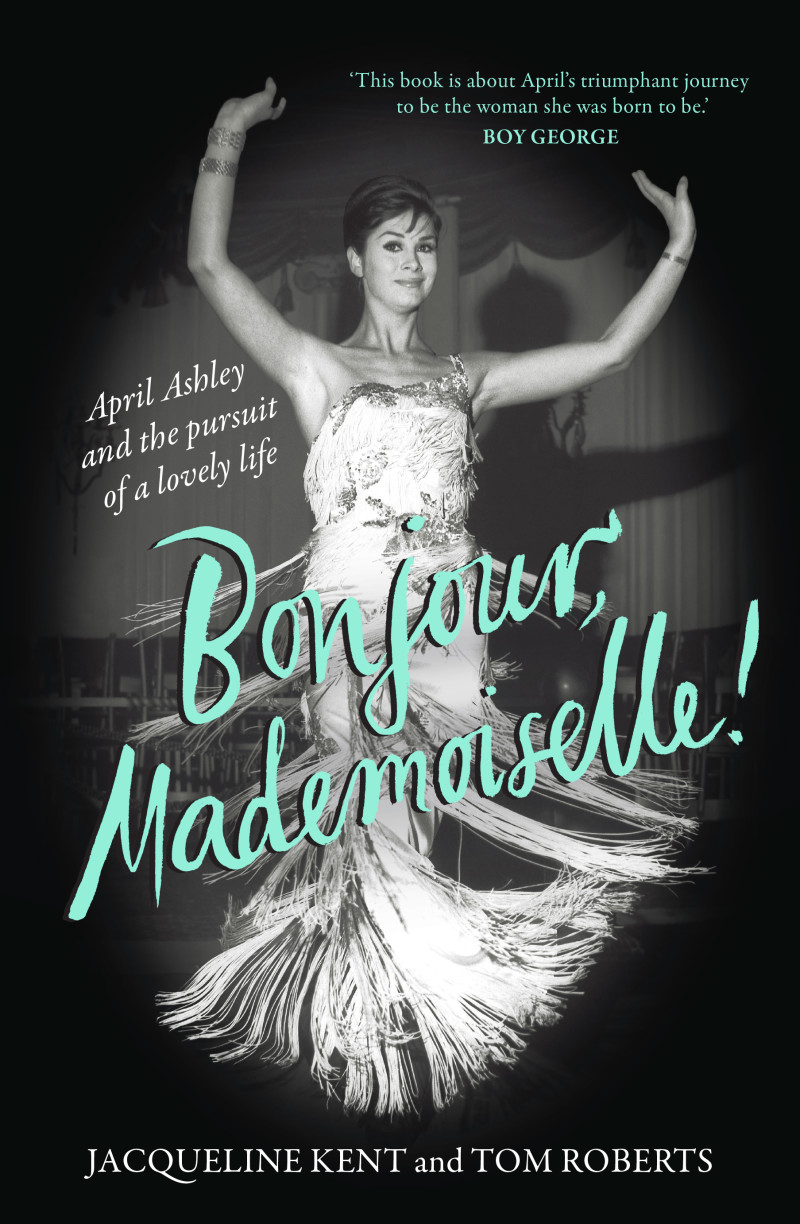The Master and His Emissary: The Divided Brain and the Making of the Western World
Yale University Press (Inbooks), $64.95 hb, 608 pp
Hemispheric wars
What would it be like to possess two brains, each with its own view of the world and each with its own personality? Which one would be in control? Which one would be ‘you’? Of course, none of us literally has two brains. Yet we have two cerebral hemispheres, a right and a left, that in many important respects are duplicates of each other. Normally, the right and left hemispheres communicate extensively with each other, mostly via a large fibre tract known as the corpus callosum. Despite overall similarities in their organisation, there are marked left–right asymmetries in the details of how the hemispheres operate. Compelling evidence for brain asymmetry initially came from two groups of patients: those who have had a stroke affecting just one hemisphere; and those, the so-called ‘split-brain’ patients, who lack a functional corpus callosum connecting the two hemispheres, either because of a congenital defect, or as a result of surgery to ameliorate otherwise intractable epilepsy.
Continue reading for only $10 per month. Subscribe and gain full access to Australian Book Review. Already a subscriber? Sign in. If you need assistance, feel free to contact us.











Leave a comment
If you are an ABR subscriber, you will need to sign in to post a comment.
If you have forgotten your sign in details, or if you receive an error message when trying to submit your comment, please email your comment (and the name of the article to which it relates) to ABR Comments. We will review your comment and, subject to approval, we will post it under your name.
Please note that all comments must be approved by ABR and comply with our Terms & Conditions.